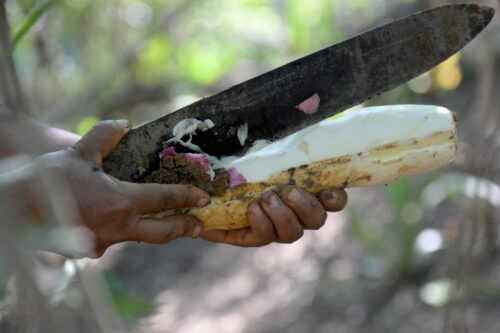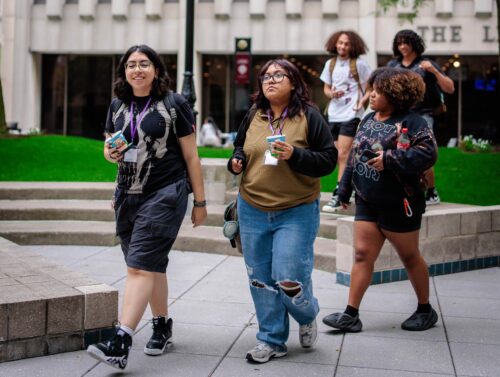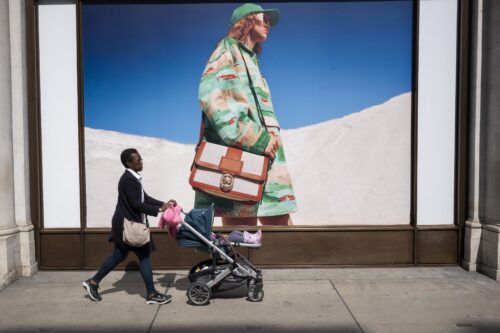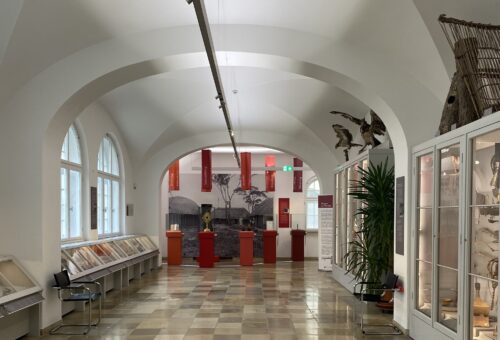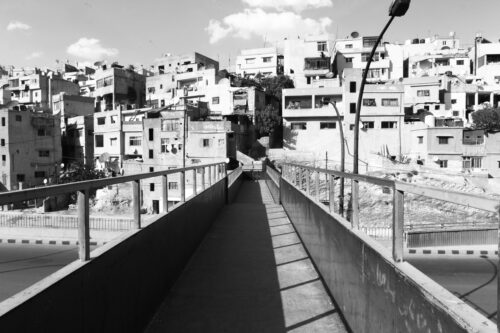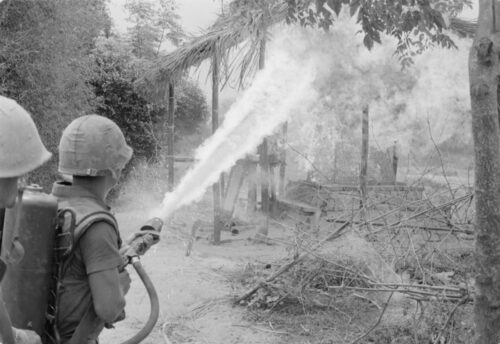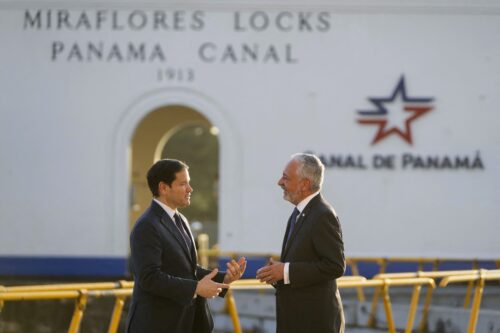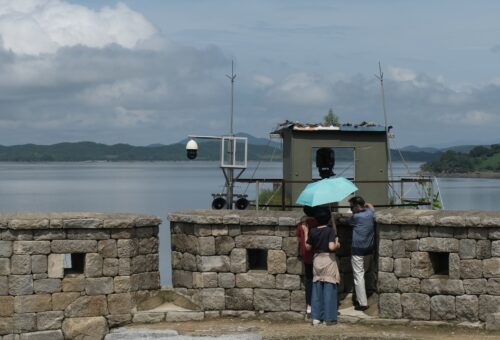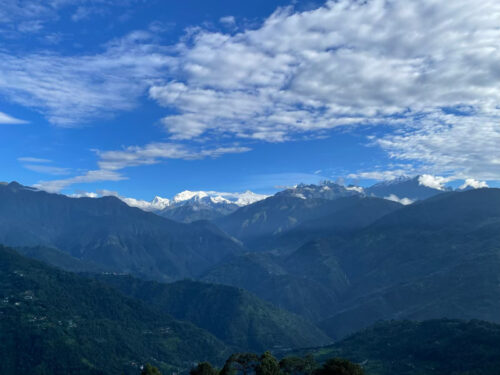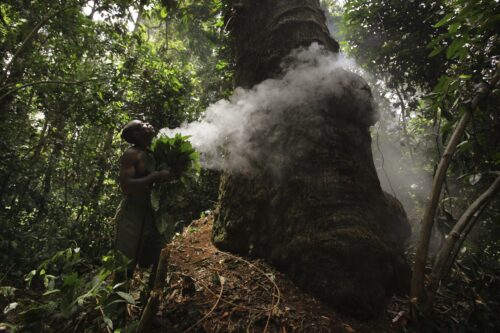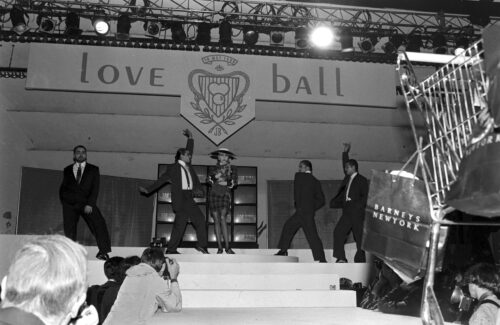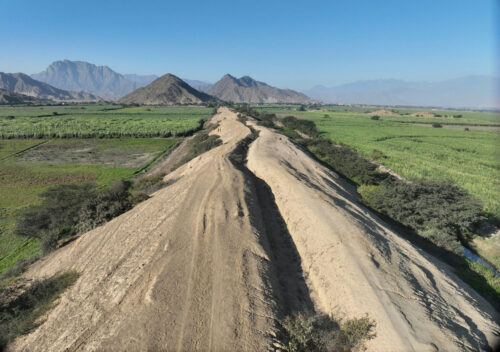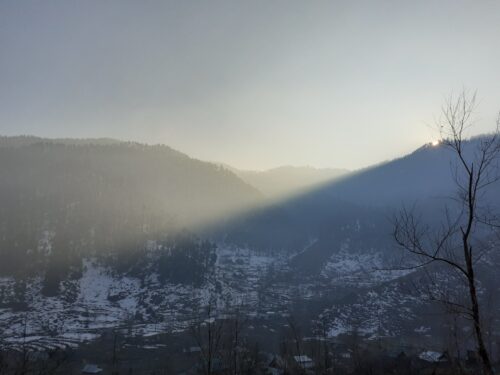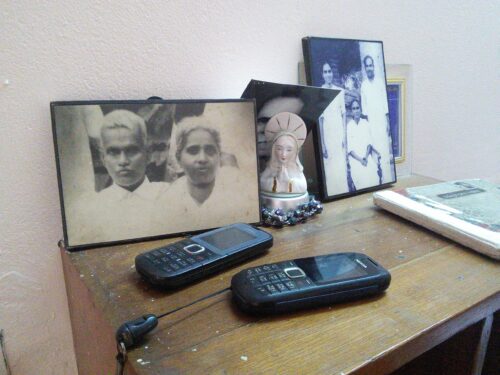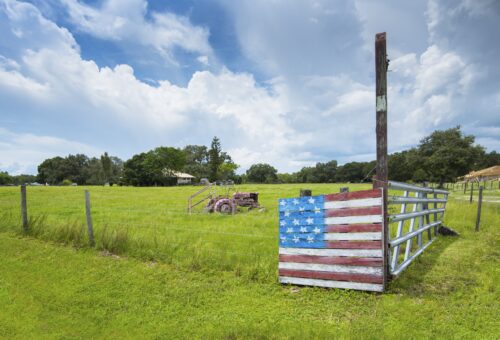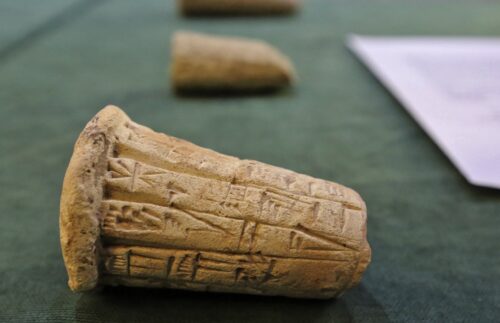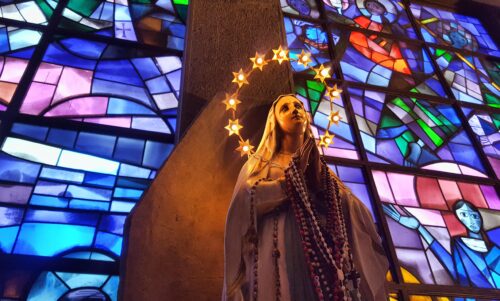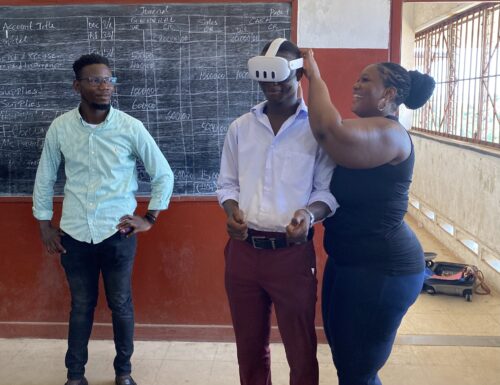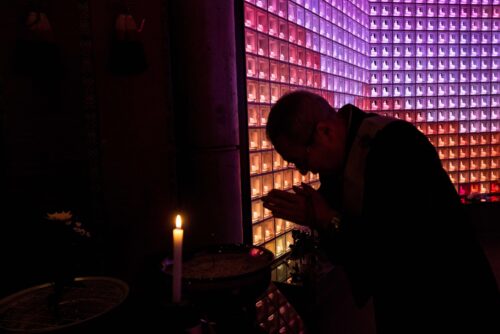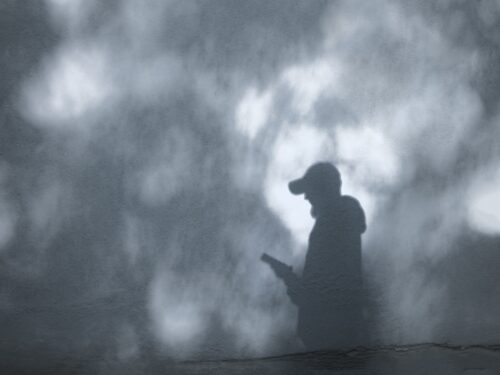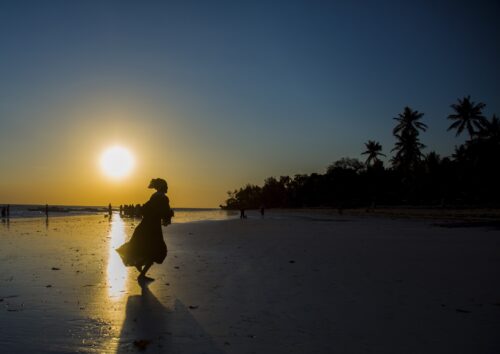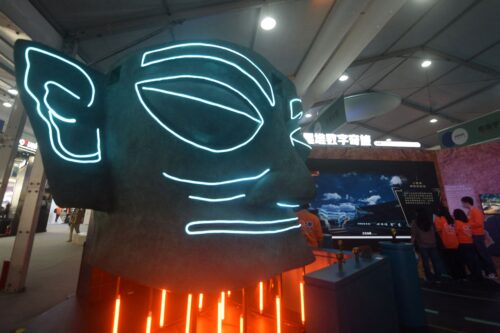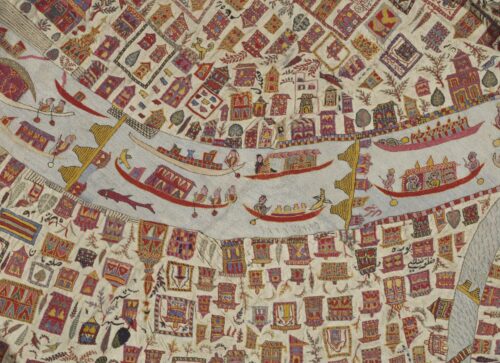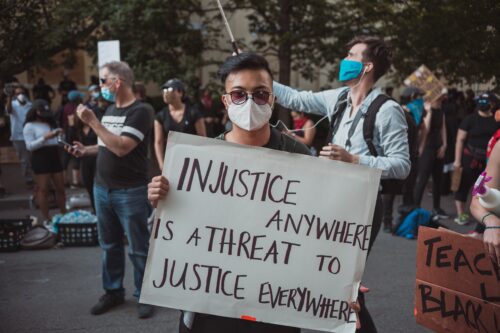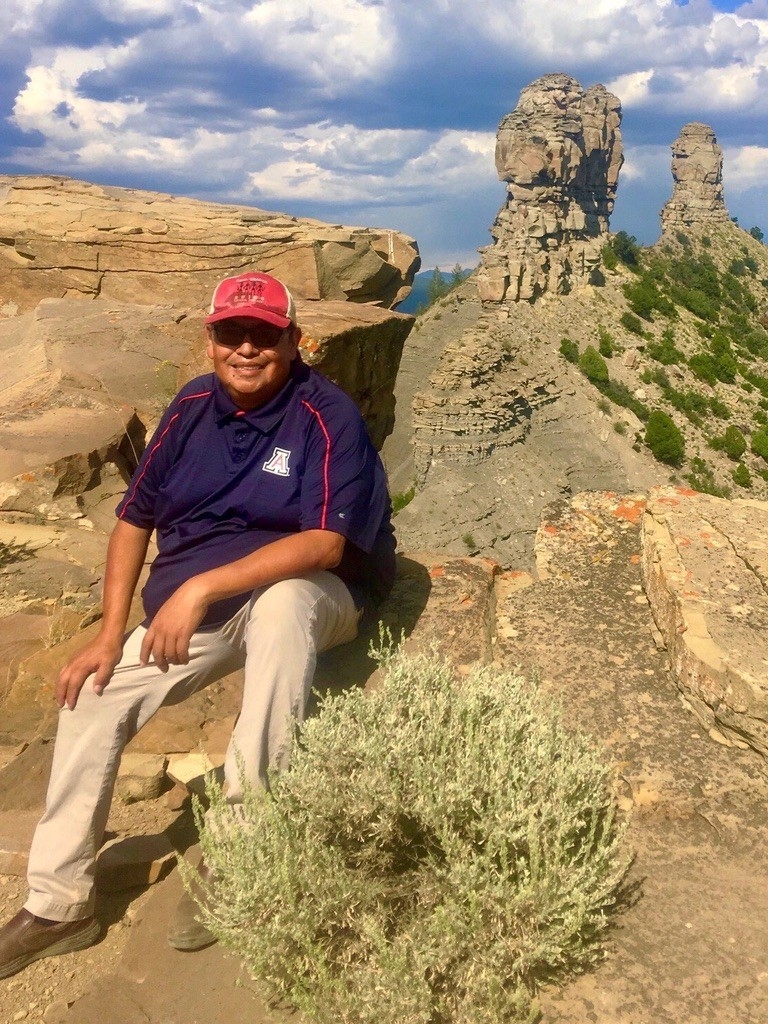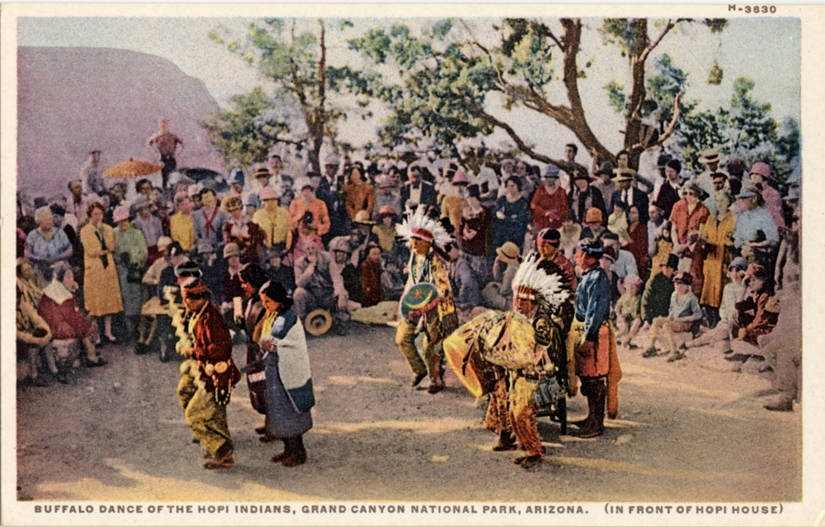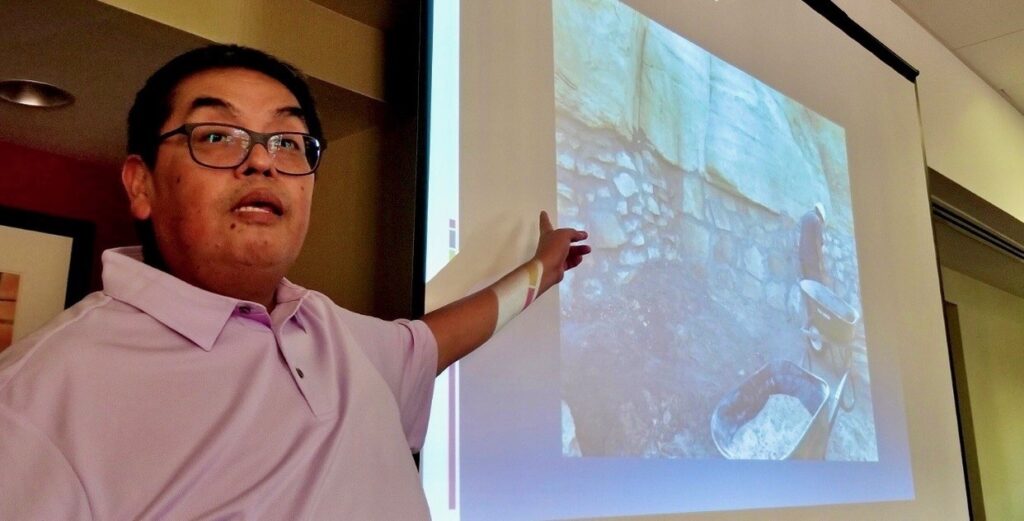Digging Into an Ancient Apocalypse Controversy From a Hopi Perspective
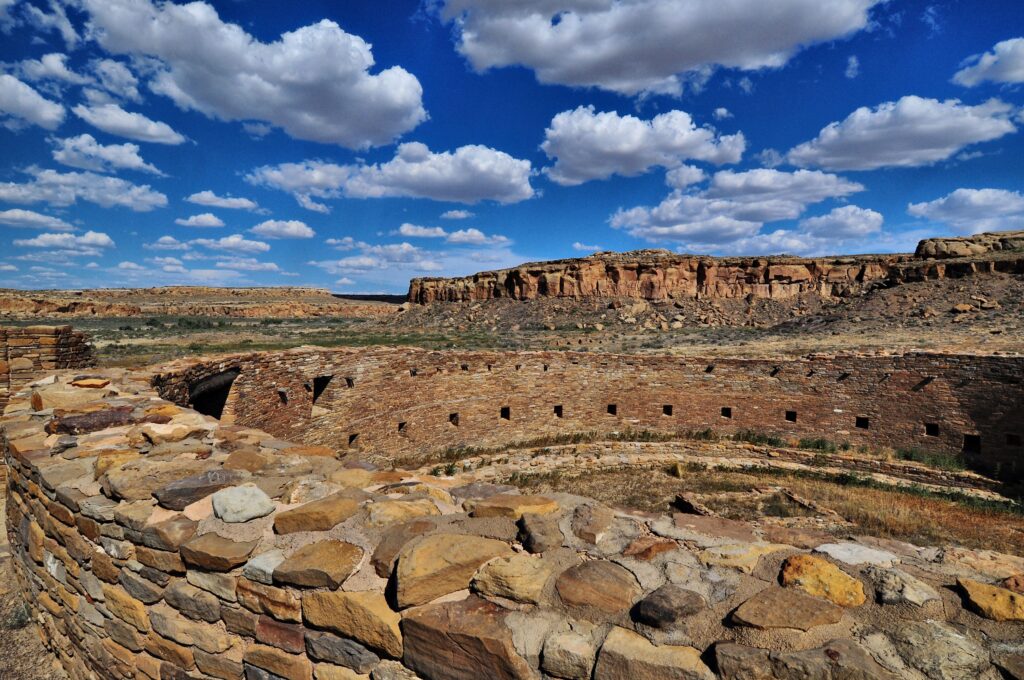
In early 2024, a controversy swirled around filming for the Netflix series Ancient Apocalypse in the Grand Canyon and Chaco Canyon in the U.S. Southwest.
The Netflix show features British author Graham Hancock promulgating the fantastical theory that a lost advanced civilization flourished during the last ice age but was nearly wiped out by a comet strike around 12,000 years ago. The survivors, according to Hancock, went global and brought their knowledge to “simple” hunter-gatherers.
Many scholars have heavily criticized Hancock’s theory as pseudoscience that lacks any evidence. Like conspiracy theories about aliens building ancient monuments, Hancock’s views carry racist implications—explicitly championed by white supremacists—that Indigenous peoples were not the source of their own cultures, technologies, and monuments.
According to The Guardian, in January, for the second season of Ancient Apocalypse, producers filmed in Chaco Canyon, a cultural landscape in what is today New Mexico that includes expansive ancient pueblo communities that flourished about 800 years ago. The producers also reportedly sought permits to film further in Chaco Culture National Historic Park and Grand Canyon National Park. In a memo sent to tribes in the region in March, government administrators expressed concern but said they were unable to deny the permit request. Tribal officials objected. In July, without public comment, the show’s producers pulled the permits and indicated they would film outside the United States.
To unpack why tribes opposed Ancient Apocalypse’s filming on public lands in the Southwest, I reached out to long-time friend and colleague Stewart B. Koyiyumptewa, a Hopi tribal official.
This interview has been edited for brevity, length, and clarity.
Can you introduce yourself?
My name is Stewart B. Koyiyumptewa. I am from the village community of Hotevilla and am a member of the Grey Badger Clan.
I have worked for the Hopi Tribe’s Cultural Preservation Office since 1999 in different capacities. Currently, I am the Hopi Tribe’s tribal historic preservation officer.
Why is the Grand Canyon important to the Hopi people?
Öngtupqa (Grand Canyon), as it is known by the descendants of Orayvi village and Third Mesa people, is the emergence place for many living clans among the Hopi people. There are several vital shrines that Hopi men visit annually within the canyon. It is also the place affiliated clan members return to when they have concluded their lives here on earth.
And Chaco Canyon?
Yupqöyvi (Chaco Canyon) is a Hopi and Pueblo ancestral place. According to my knowledge of Yupqöyvi, it was a place where the religious and ceremonial practices of migrating clans from the north and south converged. These practices, derived from the North American continent and Mesoamerica’s far reaches, were reintroduced and perfected at Yupqöyvi.
These ancient practices in Chaco Canyon are a bridge to Hopi culture today?
These reintroduced religious and ceremonial elements were incorporated to fit the landscape and ecosystems the Hopi people now call their permanent homelands. Yupqöyvi was a place where goods, ideas, and songs were exchanged. It is also where Hopi ancestors were laid to rest, and they continue to provide spiritual sustenance to Hopi clans derived from Yupqöyvi.
Why was the Hopi Tribe concerned about Ancient Apocalypse being filmed in the Grand Canyon and Chaco Canyon?
Grand Canyon and Chaco Canyon are living ancestral places for the Hopi and Pueblo people. The Hopi people pay homage to these places because our cultural and religious beliefs, philosophy, and all the aspects of our current way of life are interwoven with these significant places.
So, even though these are national parks today, Native people are still deeply connected to them?
We have never vacated our rights to these places. In fact, it is because of the ancestors of the Hopi and Zuni people, and the Pai Tribes, that archaeological sites exist in the Grand Canyon.
It is also because of the Hopi and Pueblo people that archaeological sites exist within Chaco Canyon. We don’t see these places as recreational areas to visit.
You have been quoted as saying that the U.S. National Park Service (NPS) should have consulted with the Hopi Tribe and other Native nations before issuing a permit for filming. Why is that consultation important?
Consultation with the Hopi Tribe, Pueblo, and other tribal communities associated with Grand Canyon National Park, Chaco Canyon National Historical Park, and all national parks affiliated with the Hopi and Pueblo tribes is extremely important. These parks contain our ancestral sites, and the Hopi Tribe was not at the table when decisions were made to make our ancestral sites into national parks.
Since these parks are part of the Hopi Tribe’s ancestral footprint, it is only right to consult the Hopi Tribe to assess any potential impacts. The NPS should weigh the impacts to the Hopi Tribe and other tribal communities and the damage it will cause to a living group of people rather than being concerned about freedom of speech or being sued.
Federal agencies are supposed to work with Indigenous people to minimize impacts. Allowing a film company to spread unproven theories will cause major damage to the Hopi people because of the film company’s ability to reach millions of people through its platform.
What is the traditional origin history of the Hopi people?
Some Hopi clans trace their origin and emergence to the Grand Canyon. They believe they emerged from a previous world, the Third World, into this present world, the Fourth World.
And, research has shown that there is often a strong congruence between Hopi traditional histories and archaeological evidence.
Archaeological records within the Grand Canyon support our claims.
The Grand Canyon also has profound spiritual significance for Hopis.
Not only is the Grand Canyon the emergence place for Hopi clans, but it is also the eternal resting place for Hopi people as they fulfill their lives here on earth.
What do you think about Graham Hancock’s theory of a “lost” advanced ice age civilization?
The problem with Hancock’s theory is that he nitpicks existing archaeological research, or the lack thereof, to construct his theory for a lost ice age civilization.
The renowned Society for American Archaeology (SAA) issued a letter explaining the harmful effects of Hancock’s theory. There is no archaeological evidence within the Grand Canyon and Chaco Canyon to support his claims.
What would you say to those who argue that filmmakers should have the freedom of speech to record whatever they want in national parks?
When does freedom of speech override the harms it causes? When freedom of speech contradicts the thousands of years of knowledge incorporated into the lifeways of the Hopi people, the filmmakers and the federal government issuing the filming permit are causing considerable harm to the Hopi Tribe and other Indigenous people.
And consultation can stop or mitigate such harms?
What is the purpose of government-to-government consultation—that is, between the Hopi Nation and the U.S. government—when federal agencies undermine what tribes have to say on a particular matter?
Tribes have been consulting with the various sectors and departments of the federal government for over 100 years. Has the federal government not learned anything about the tribes to help protect their values and sovereignty, which includes their ancestral footprint?
By granting the filming permit, the federal government has shown a lack of respect for the Hopi Tribe in all phases of consultation.
Is Hancock’s theory racist or anti–Native American in your view?
Hancock’s theory suggests that White survivors of an advanced civilization are responsible for the cultural heritage in the Americas—not Indigenous peoples.
The assertions that Hancock makes promote dangerous racist thinking that impacts the Hopi people and other Indigenous communities. His theory appropriates recognition of the Hopi people’s sustainability, migration footprint, and adaptive accomplishments to the Grand Canyon, Chaco Canyon, and overall landscapes and ecosystems of the U.S. Southwest.
Hancock’s narrative encourages dangerous voices that misrepresent established archaeological knowledge. These false historical narratives affect living cultures and their continued connections to their ancestral homelands.
